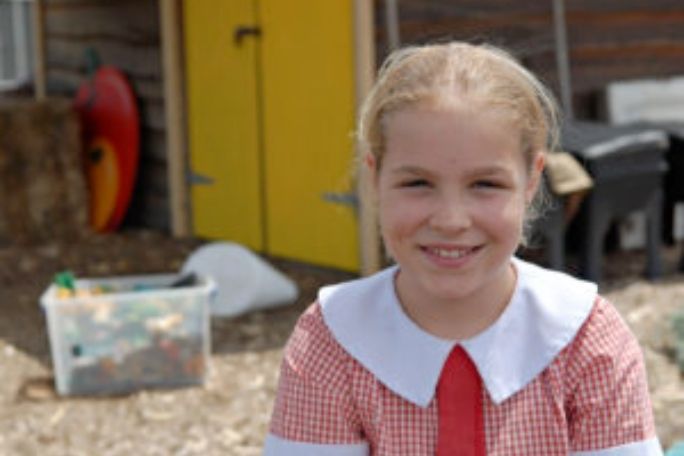Lesson summary
The Enviroweek Sparky action encourages students to use energy smartly by “switching off” or “dressing for impact”. This resource is presented in the form of three separate but linked activities and has been differentiated into two activities, one for lower primary and one for upper primary.
Part 1 – Tune In: Students explore options for keeping comfortable in the classroom during cooler months and take personal responsibility for their comfort, rather than solely relying on classroom heating and cooling systems, and/or turning lights off during class if the amount of natural light is good.
Part 2 – Act: Students develop their own challenge and take action to save energy in their school community.
Part 3 – Share: Students share their experiences and inspire others to take action.
Learning intentions:
Students will...
- understand the impact of energy use on the environment
- begin to take responsibility for energy use in the classroom
- collect data about their classroom energy use.
Lesson guides and printables
Lesson details
Curriculum mapping
Australian curriculum content descriptions:
Year 3 Science:
- Safely use appropriate materials, tools or equipment to make and record observations, using formal measurements and digital technologies as appropriate (ACSIS055)
- Use a range of methods including tables and simple column graphs to represent data and to identify patterns and trends (ACSIS057)
Year 3 English:
- Use interaction skills, including active listening behaviours and communicate in a clear, coherent manner using a variety of everyday and learned vocabulary and appropriate tone, pace, pitch and volume (ACELY1792)
- Plan and deliver short presentations, providing some key details in logical sequence (ACELY1677)
Year 4 Science:
- Safely use appropriate materials, tools or equipment to make and record observations, using formal measurements and digital technologies as appropriate (ACSIS066)
- Compare results with predictions, suggesting possible reasons for findings (ACSIS216)
Year 4 English:
- Use interaction skills such as acknowledging another’s point of view and linking students’ response to the topic, using familiar and new vocabulary and a range of vocal effects such as tone, pace, pitch and volume to speak clearly and coherently (ACELY1688)
- Plan, rehearse and deliver presentations incorporating learned content and taking into account the particular purposes and audiences (ACELY1689)
Year 5 Science:
- Use equipment and materials safely, identifying potential risks (ACSIS086)
- Compare data with predictions and use as evidence in developing explanations (ACSIS218)
Year 5 English:
- Use interaction skills, for example paraphrasing, questioning and interpreting non-verbal cues and choose vocabulary and vocal effects appropriate for different audiences and purposes (ACELY1796)
- Plan, rehearse and deliver presentations for defined audiences and purposes incorporating accurate and sequenced content and multimodal elements (ACELY1700)
Year 6 Science:
- Use equipment and materials safely, identifying potential risks (ACSIS103)
- Compare data with predictions and use as evidence in developing explanations ACSIS221)
Year 6 English:
- Use interaction skills, varying conventions of spoken interactions such as voice volume, tone, pitch and pace, according to group size, formality of interaction and needs and expertise of the audience (ACELY1816)
- Plan, rehearse and deliver presentations, selecting and sequencing appropriate content and multimodal elements for defined audiences and purposes, making appropriate choices for modality and emphasis (ACELY1710)
Syllabus outcomes: ST2-4WS, ST3-4WS, EN2-1A, EN2-6B, EN3-1A.
General capabilities: Critical and creative thinking.
Cross-curriculum priorities: Sustainability OI.8.
Additional info
This is an original Cool.org lesson. Facts and figures in these lessons may have changed since this lesson was published. We always endeavour to update our resources in a timely manner, but if you see an error or issue in our resources please get in touch with us.


Welcome back!
Don't have an account yet?
Log in with:
By signing up to Cool.org you consent and agree to Cool's privacy policy to
store, manage and process your personal information. To read more, please see
our privacy policy here(Opens in new tab).
Create your free Cool.org account.
Many of our resources are free, with an option to upgrade to Cool+ for premium content.
Already have an account?
Sign up with:
By signing up to Cool.org you consent and agree to Cool's privacy policy to
store, manage and process your personal information. To read more, please see
our privacy policy here(Opens in new tab).